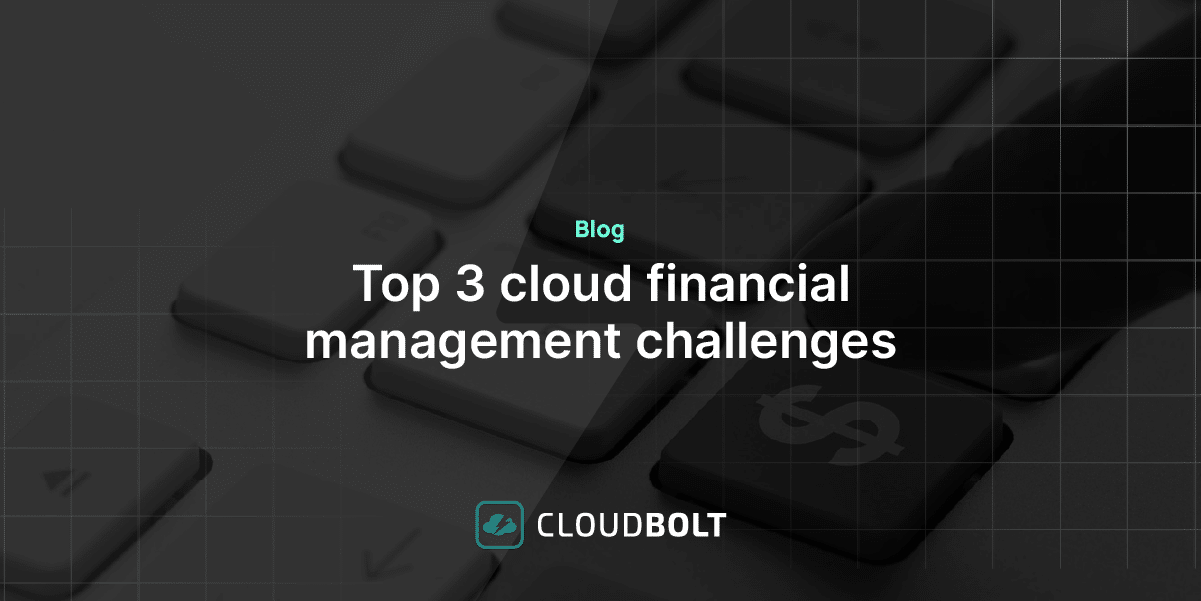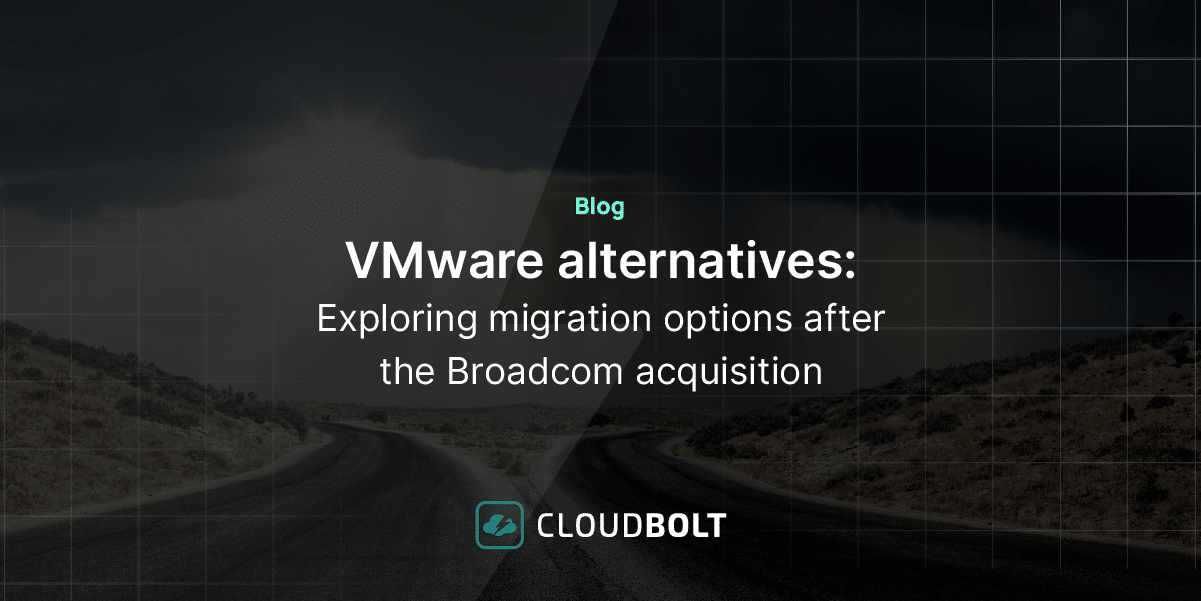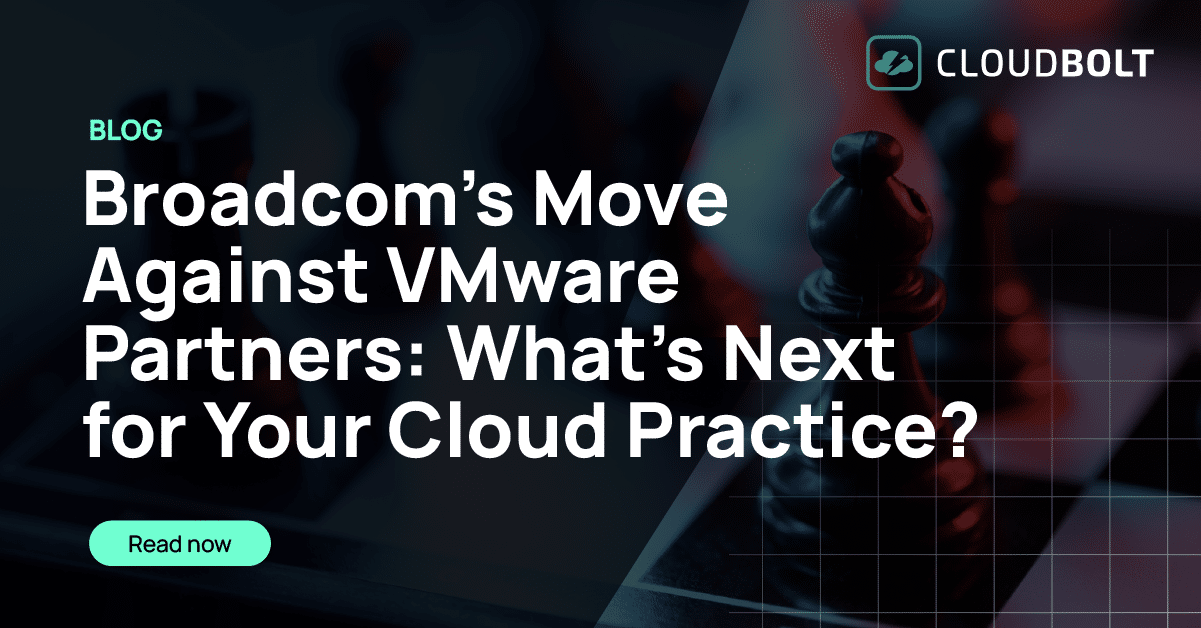
Hybrid Cloud Management Platform Provides Automation, Flexibility And Control
Pre-CloudBolt Problems
Because of the size and complexity of the infrastructure the IT team at a major multinational hotels company utilizes four different public clouds to deliver resources to their developers. They need the flexibility of multiple public clouds so they can use the platform that provides the optimal environment for each workload. Furthermore, the IT team needs to protect themselves against price increases and instabilities in any one public cloud. The challenge this created was that administrators needed to understand and use four different interfaces to locate, manage, and provision compute resources.
Automating VM Deployment
Prior to adopting CloudBolt, and before adopting public clouds, the IT organization turned to VMware vRealize Automation (vRA) for managing and deploying VMware servers to their developers. However, vRA’s lack of support for public cloud providers such as Azure ARM, CenturyLink, and Google Compute Engine left the IT organization unable to automate VM deployments.
CloudBolt provided this hotel group with a single user interface and API through which they can now deploy complex applications to any of the four public clouds they use, manage these apps and their constituent servers over the course of their lifecycle, and automate their business policies and best practices surrounding server deployment and management.
Service Catalog Use
After the IT team got developers spun up using CloudBolt to provision individual VMs, they focused on getting users into the service catalog. Their IT group has built blueprints in CloudBolt for deploying 40+ node Apache Hadoop clusters to the public cloud. After being deployed, these services can be scaled-up and -down from CloudBolt, and eventually decommissioned.
Since CloudBolt has native Chef Enterprise integration, they are able to perform these tasks without the end user needing to separately work in the Chef UI. CloudBolt coordinates the bootstrap of the Chef agent on new VMs, associates nodes with the proper roles in Chef, and checks for success or failure of the Chef runs.
The Future
Today, the company is managing all of their public cloud VMs within CloudBolt and is focusing on providing more developers access as they scale. Phase 2 of their CloudBolt deployment will be to completely replace vRA with CloudBolt to manage their entire infrastructure from a single vendor-agnostic portal.
Related Blogs

Top 3 cloud financial management challenges
Introduction As cloud costs continue to rise, comprising an ever-larger share of IT budgets, there is increasing executive scrutiny on…

